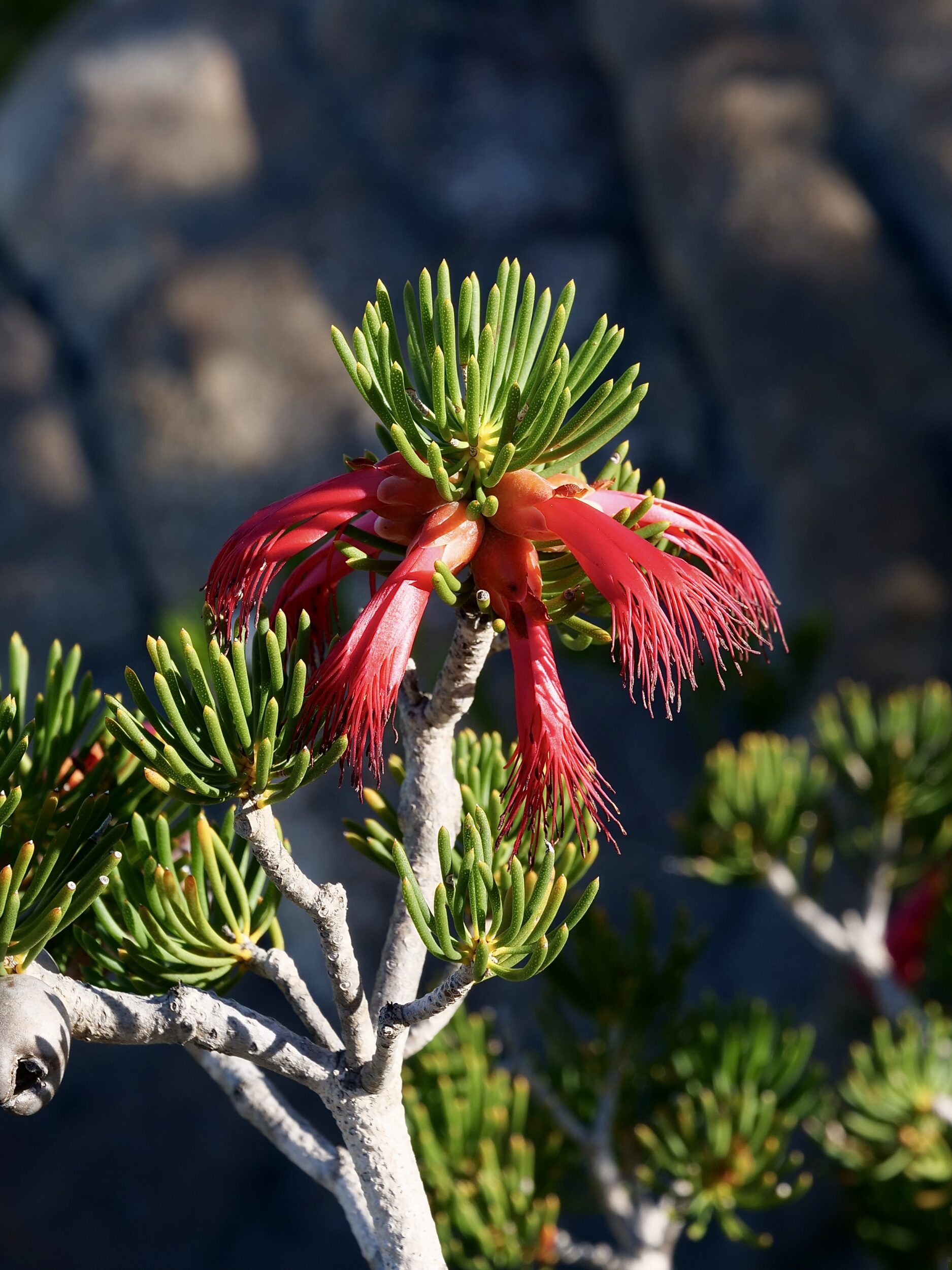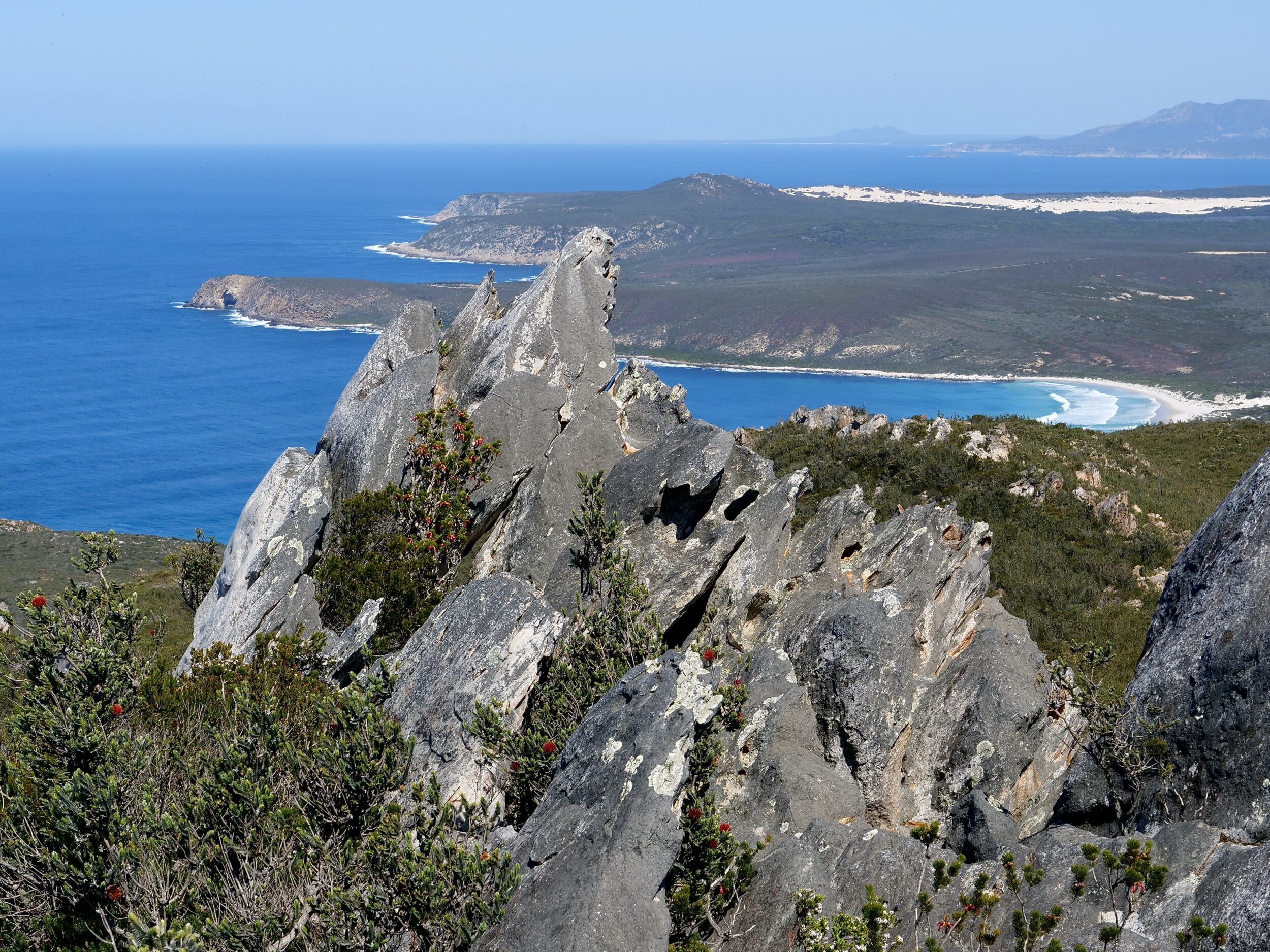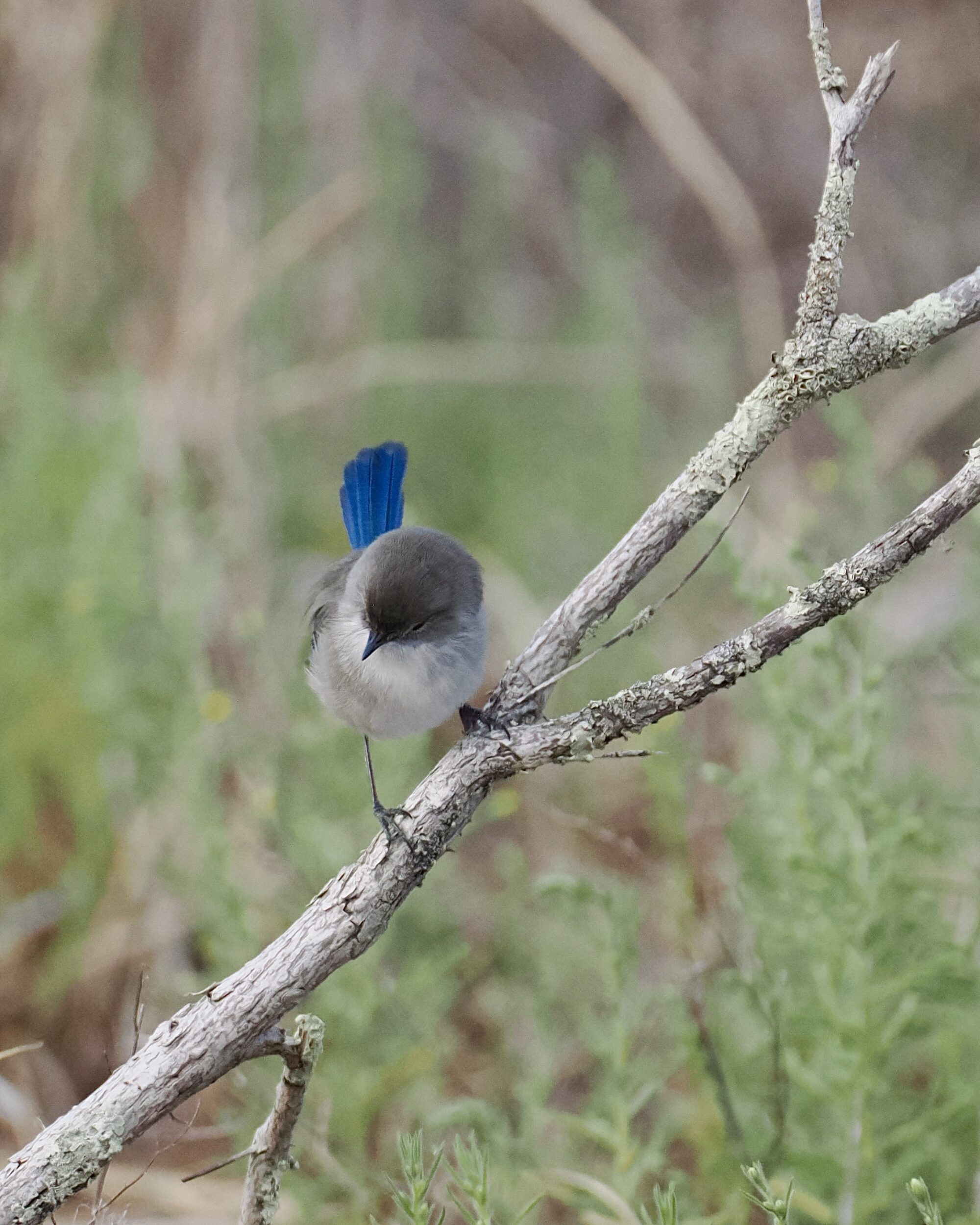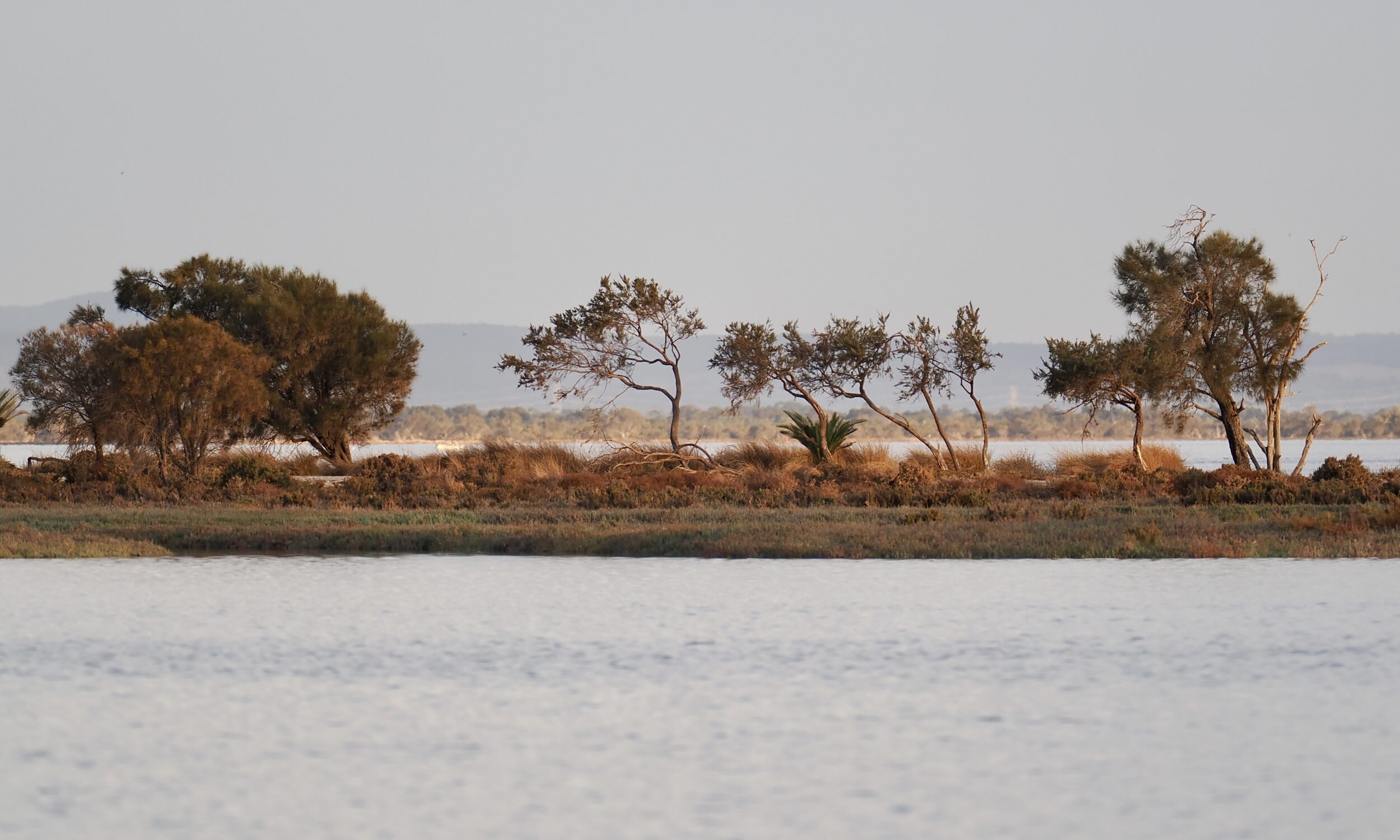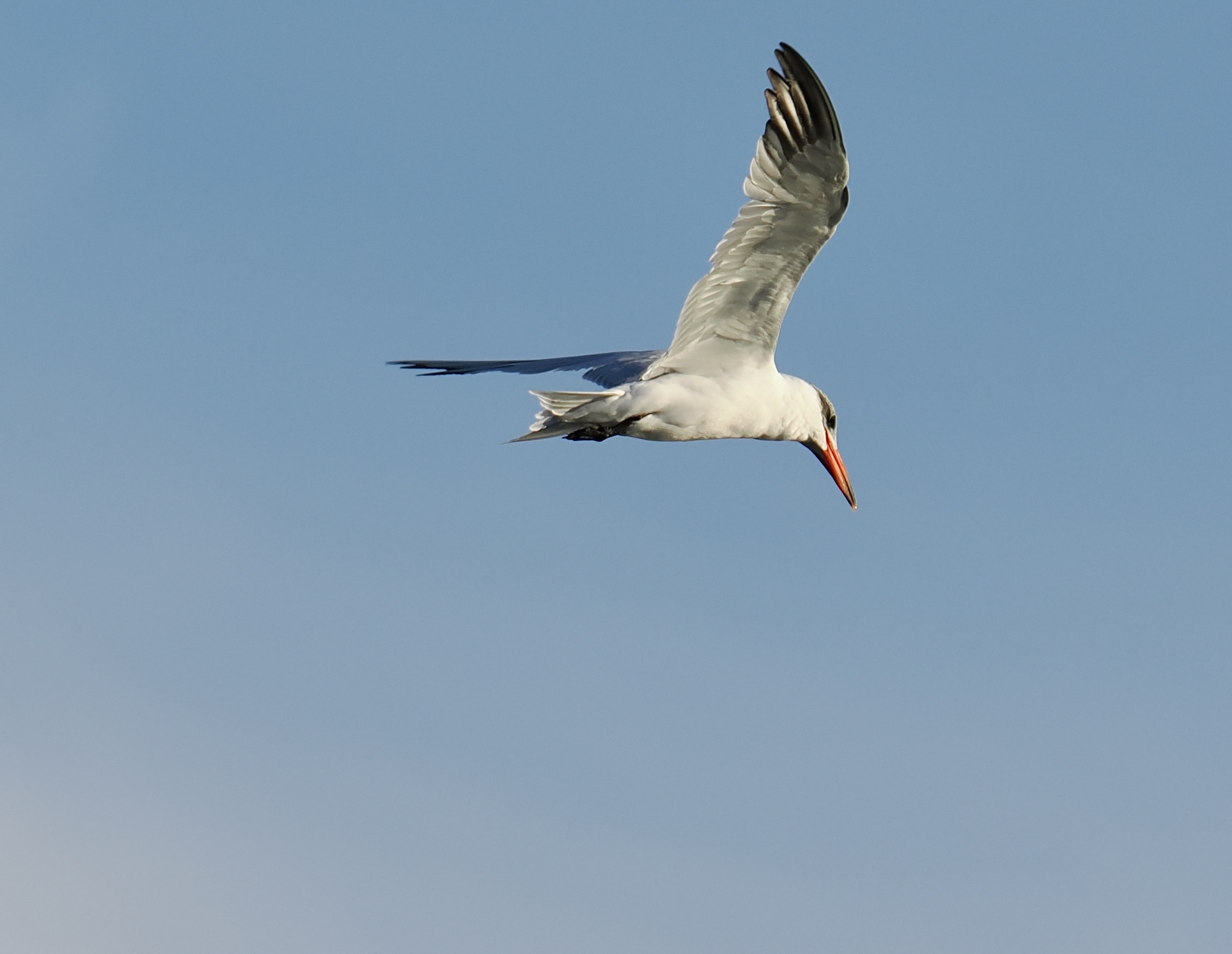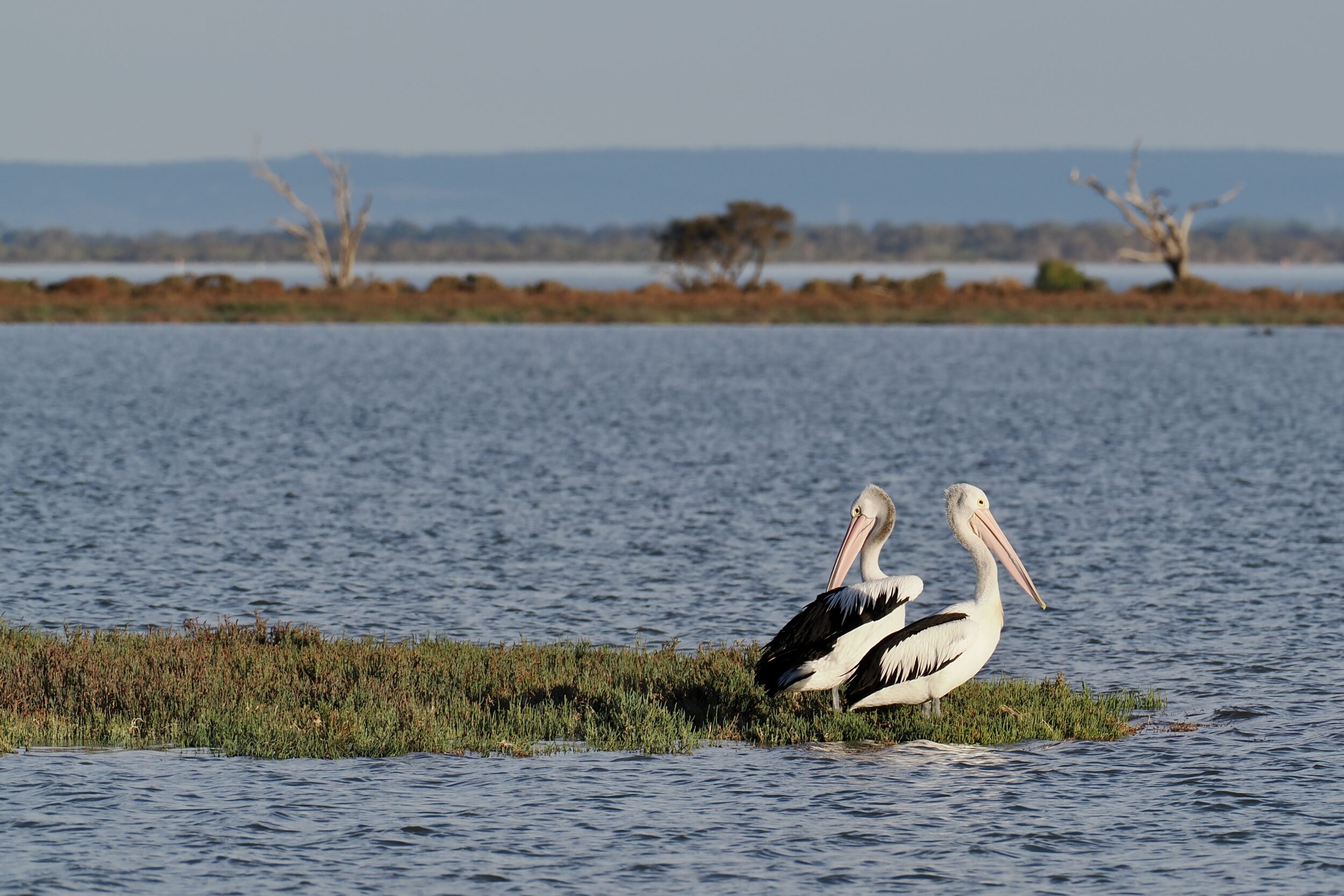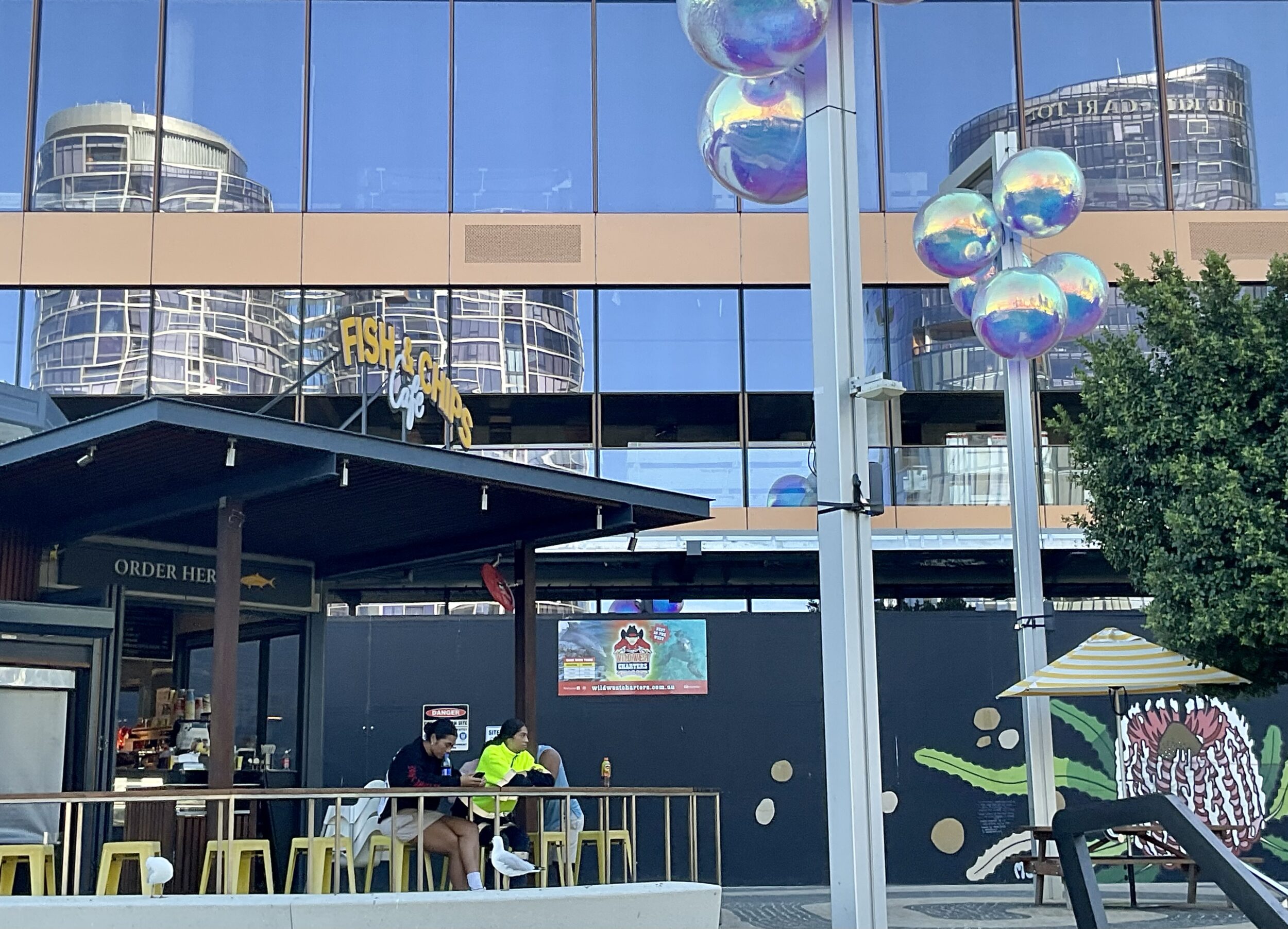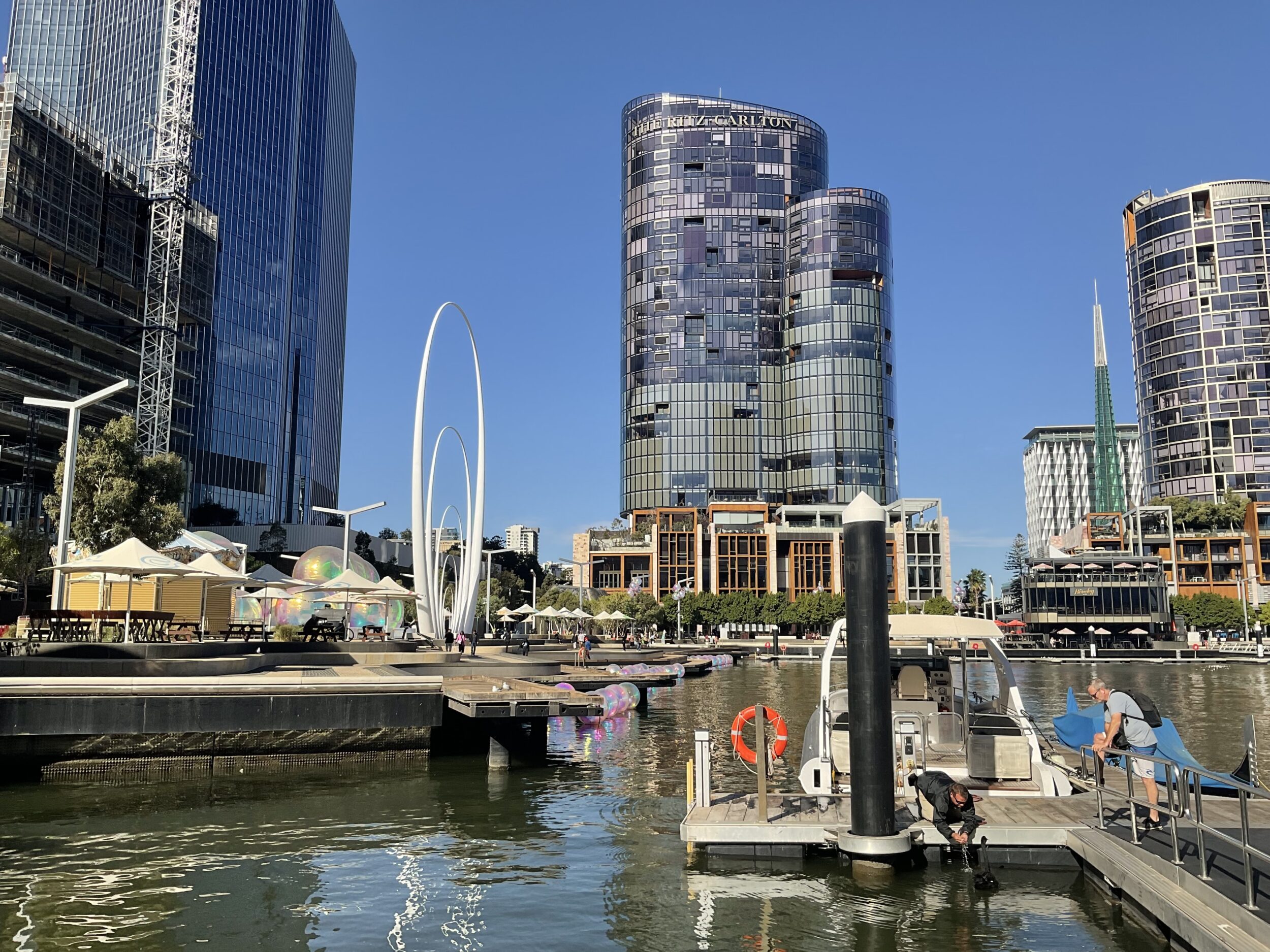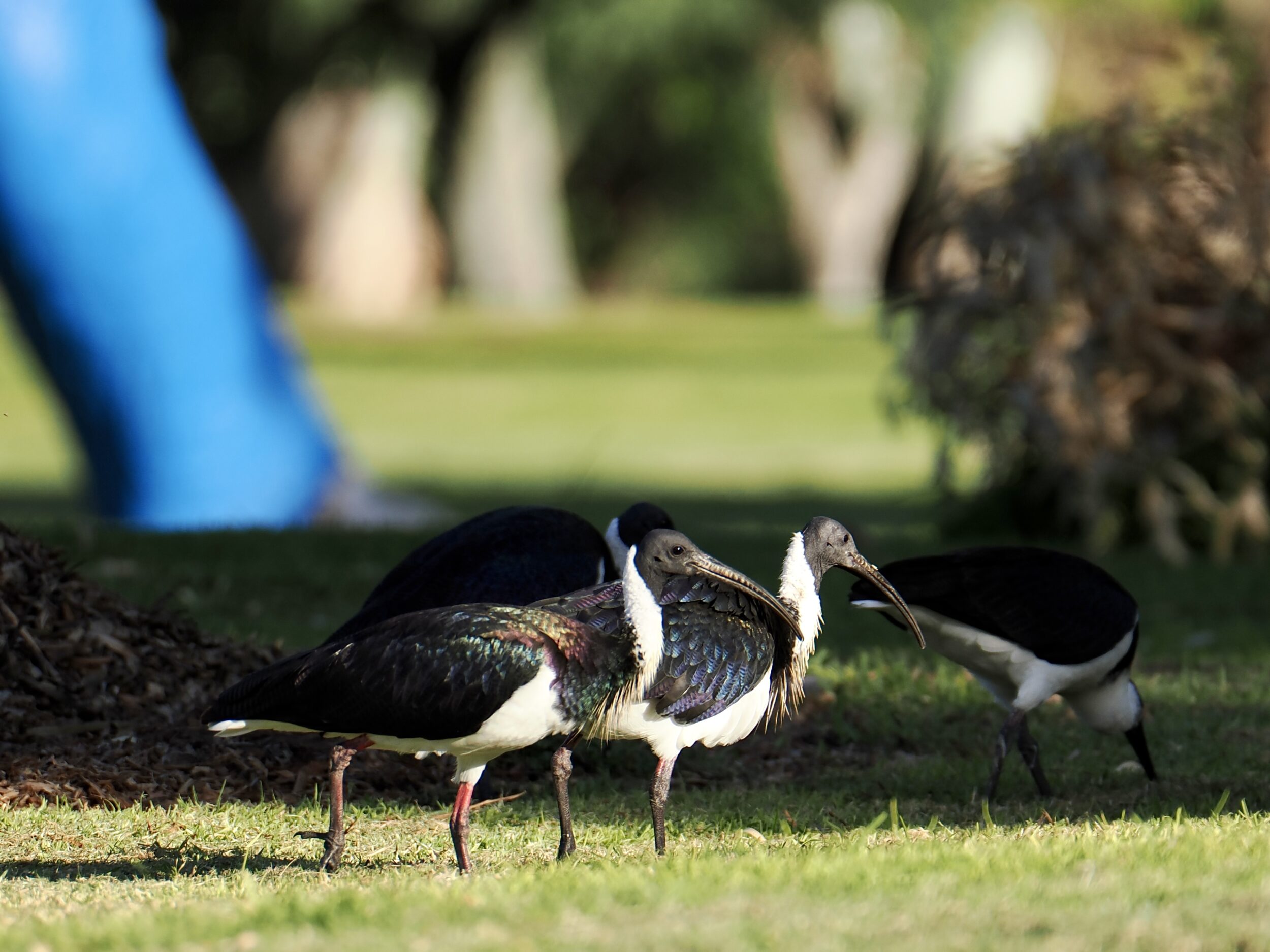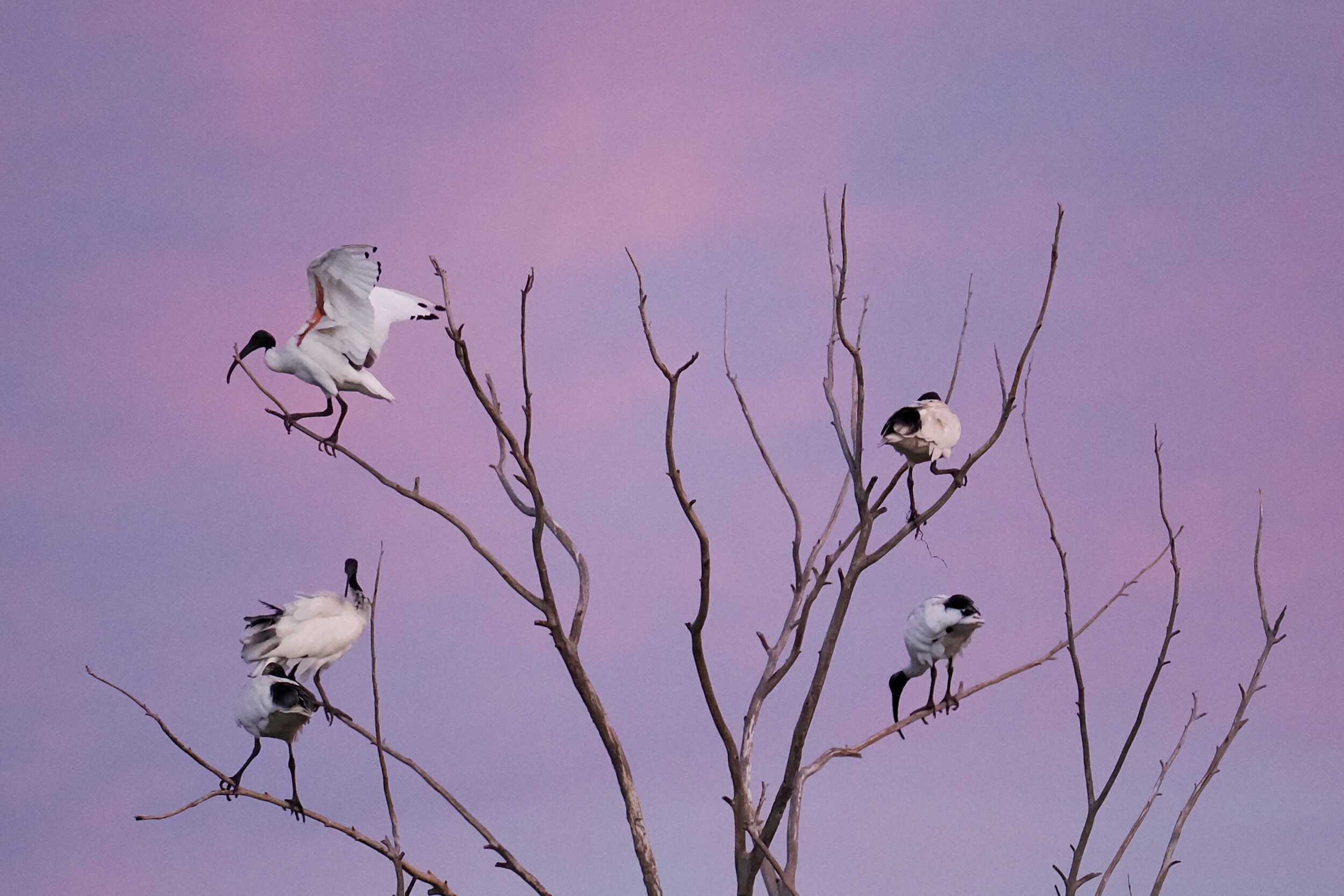This series final chapter reveals the identity of the “red flecks” in the preceding post’s landscape view.
There’s no finer location in which to experience the two relevant species in their natural state than Fitzgerald River National Park’s East Mount Barren.
If you wish to enjoy a natural experience of them (both species are now popular with gardeners) the only places where you can have that experience are all in or near to Fitzgerald River National Park.
Comments closed